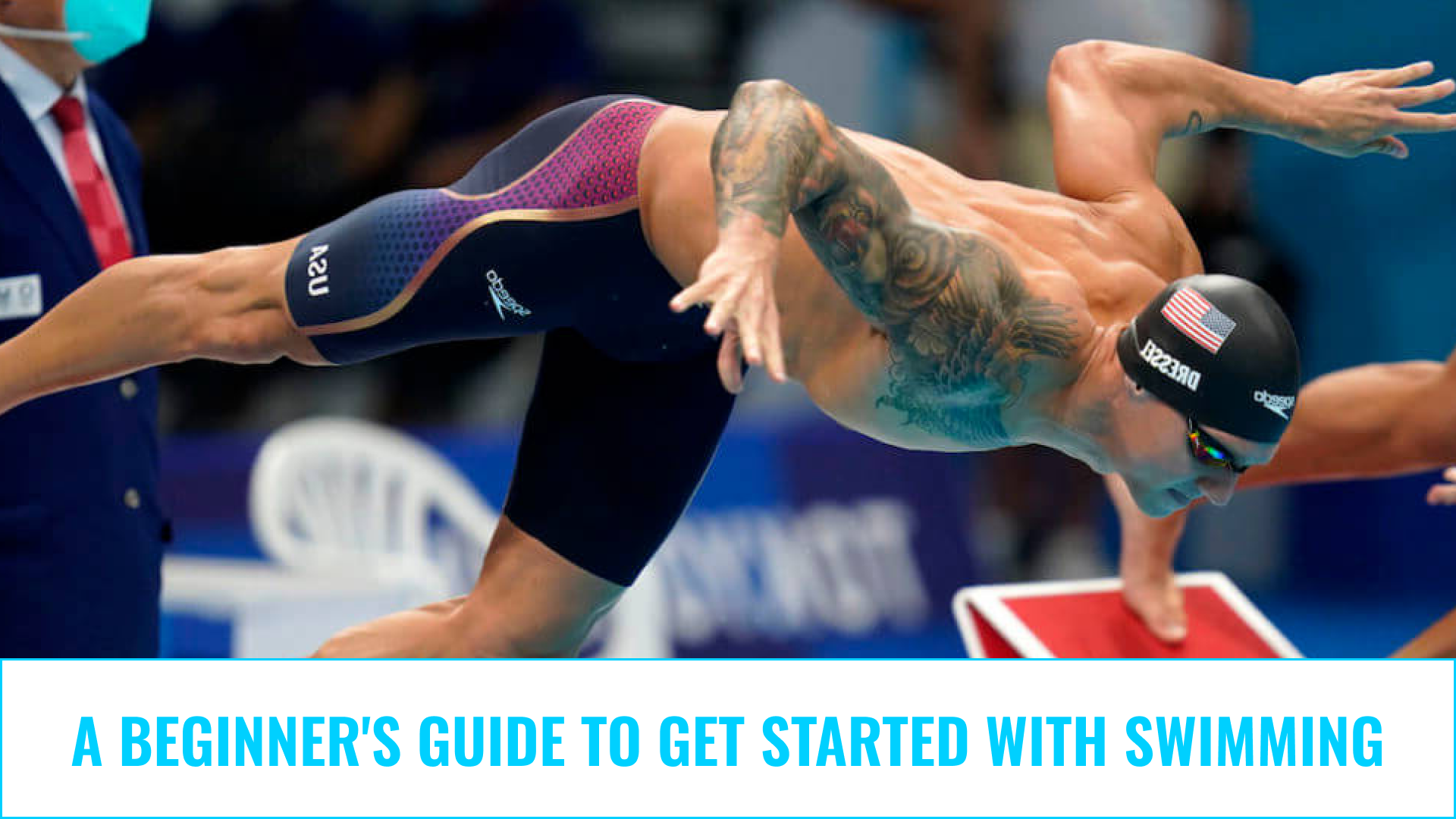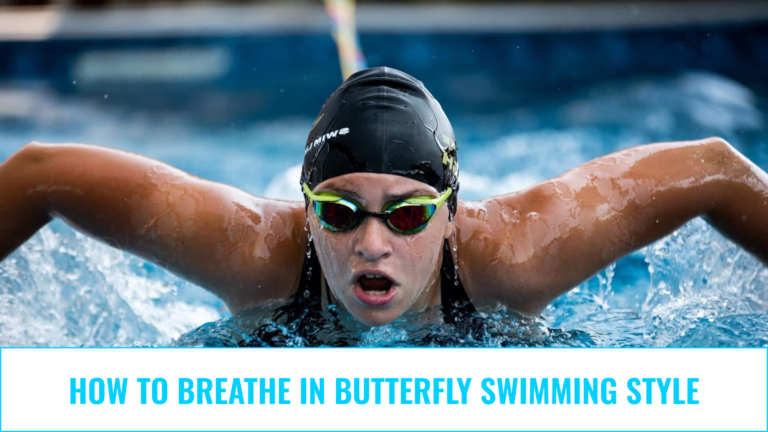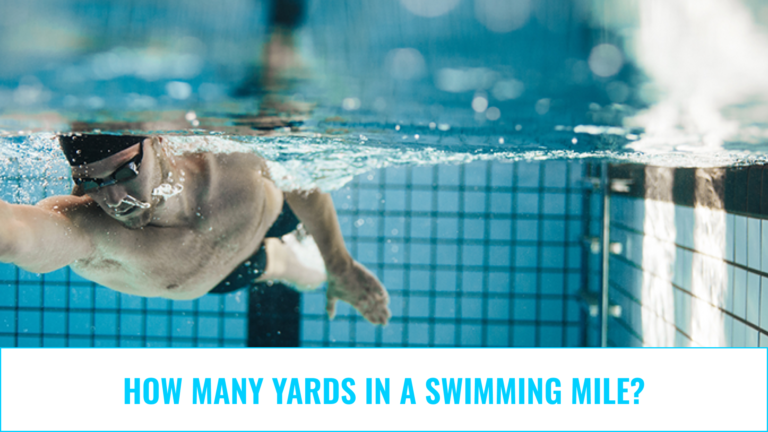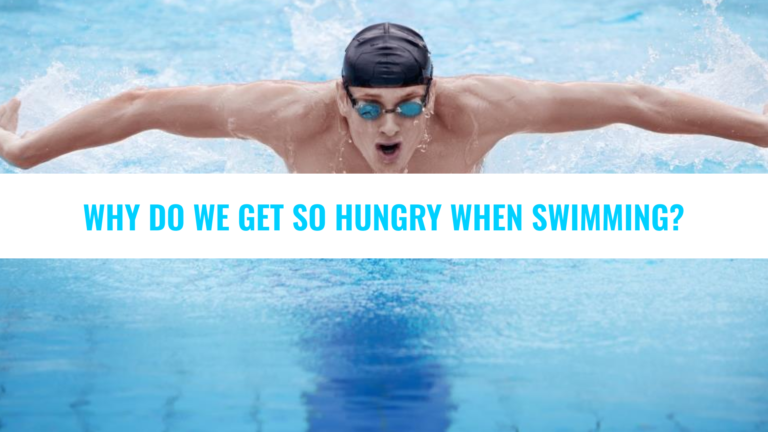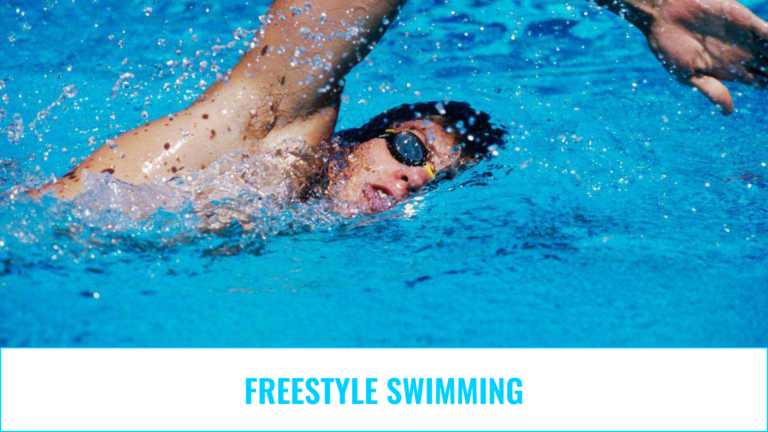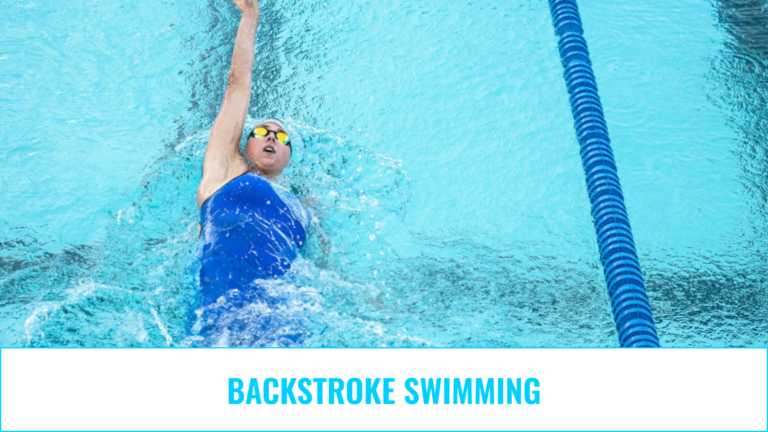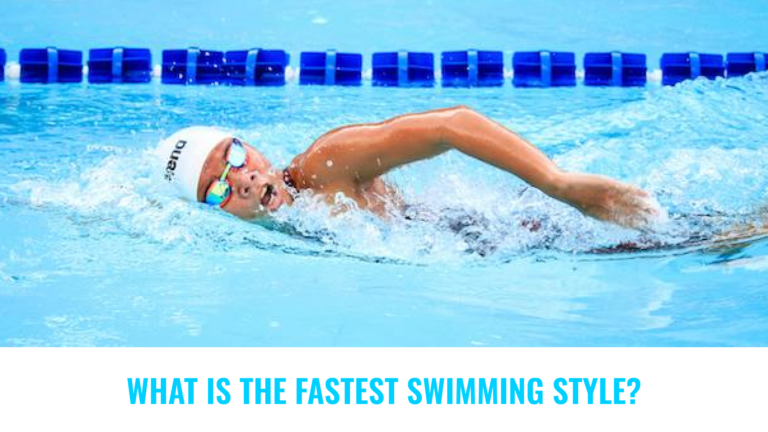A Beginner’s Guide to Get Started With Swimming
Swimming is a special experience in which the body can move parallel to the ground in a gravity-free space. Swimming, which is one of the most enjoyable activities of the summer holidays, can be a little scary for beginners.
People who are afraid of swimming should not forget that the human body was created to stand on water. Because the lungs are filled with air, you can stand on the water without moving. The only reason you can’t stay on the water in natural conditions is that you succumb to your excitement. Factors such as the fear of drowning, heart palpitations, and excitement are some of the obstacles in front of people in being able to swim.
Swimming is an activity that can be learned in a few days with some courage and practice. A different relationship begins between people who are just learning to swim and the water. Especially when children realize that swimming is one of the easiest things to learn in the world, they do not want to get out of the water.
If you’re just getting started with swimming, you’re probably ignorant of some basics. In this article, I will introduce you to these basics and get you the first information about swimming.
Why Should I Learn How to Swim?
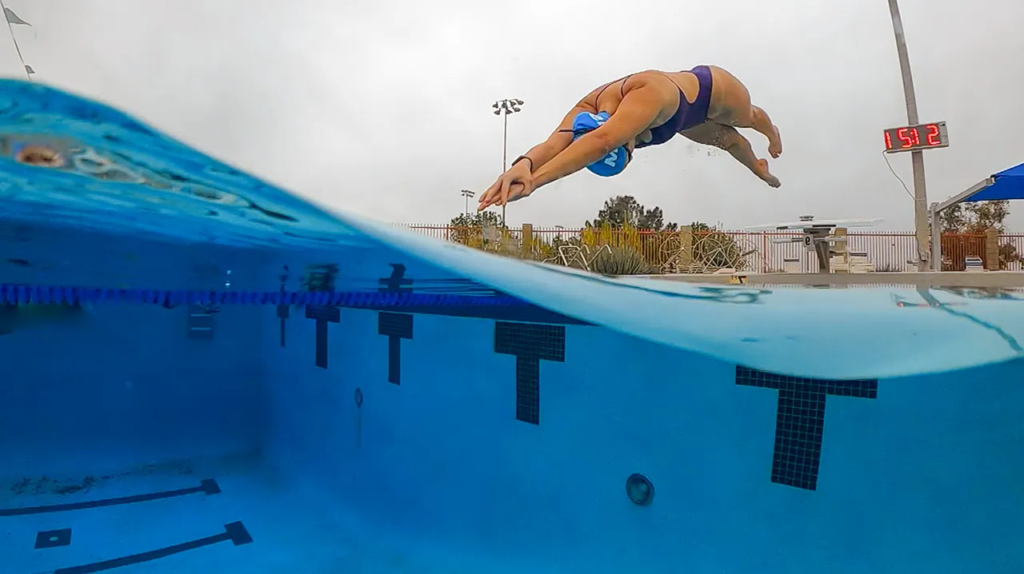
Swimming is one of the most important sports for human health as well as being fun. It is often recommended for physiotherapy purposes, as it works all the muscles and joints. Swimming is also an effective sport for those who want to lose weight.
At What Age Do You Start Swimming?
First of all, let’s start with the question, at what age do you start swimming?
With a suitable pool and an experienced instructor, you can start swimming at any age. Usually, children start swimming from the age of 6 years. Children who start swimming at the age of six can become professional swimmers in the future if they continue to do sports in a disciplined manner.
Should I start swimming in the sea or the pool?
One of the most frequently asked questions about swimming is whether to start swimming in the pool or the sea. Let’s just say, swimming in the sea always adds a real experience. The awareness of swimming in a natural environment relaxes you. In addition, seawater is more beneficial for human skin than pool water. Chlorine in the pool is harmful to the skin.
When compared to the sea, it is much more difficult to swim in the sea, since the buoyancy of the water in the pool is much lower than in the sea. If you are new to swimming, you can try swimming in the sea first.
How can I learn to swim by myself?
People can learn to swim on their own. You can start doing basic techniques with small movements in the water. But the important point here is that those who learn to swim on their own cannot learn whether they apply the techniques correctly. An experienced trainer can teach you how to swim correctly and correct your mistakes.
What Are Swimming Styles?
- Freestyle Swimming
- Breaststroke
- Backstroke Swimming
- Butterfly Swimming
In addition to being fixed and well-known styles in swimming, you can also develop a style of your own. The main thing is that these styles are not technically wrong and have a foundation. Let’s move on from the most well-known techniques:
Freestyle Swimming: It is the most common swimming technique. Freestyle is generally not preferred by amateur swimmers because putting your face in the water is as if you will not enjoy swimming and you will not be able to breathe. However, once you get used to it, this style becomes quite enjoyable. As one arm comes out of the water, you turn your face to the side and breathe. As the arm comes down, you immerse your face in the water again.
Breaststroke Swimming: Breaststroke style swimming is generally a slower alternative to freestyle. Your body is in the same horizontal position as during freestyle, but you will use different movements to propel yourself through the water. Your arms will simultaneously move in a semicircle under the water. Your arms are bent at the elbows, stay underwater the entire time you swim along this stroke, reaching toward your chest and then joining again.
Backstroke: Unlike most other swimming strokes, your face is not in the water during the backstroke. Instead, as the name suggests, you’ll be on your back in the water.
Butterfly Swimming: In this style, the arms are seen as a pair of wings. The body is again in a horizontal position. The breathing technique of butterfly swimming is similar to the breaststroke technique. Your arms should be in a Y shape in front of your body. Pull your arms back through the water parallel to your body. Then, you’ll get them out of the water again and start the cycle all over again. As your arms move in this cycle, your legs will move continuously using a technique known as the dolphin kick.
Tips for Beginners to Swim
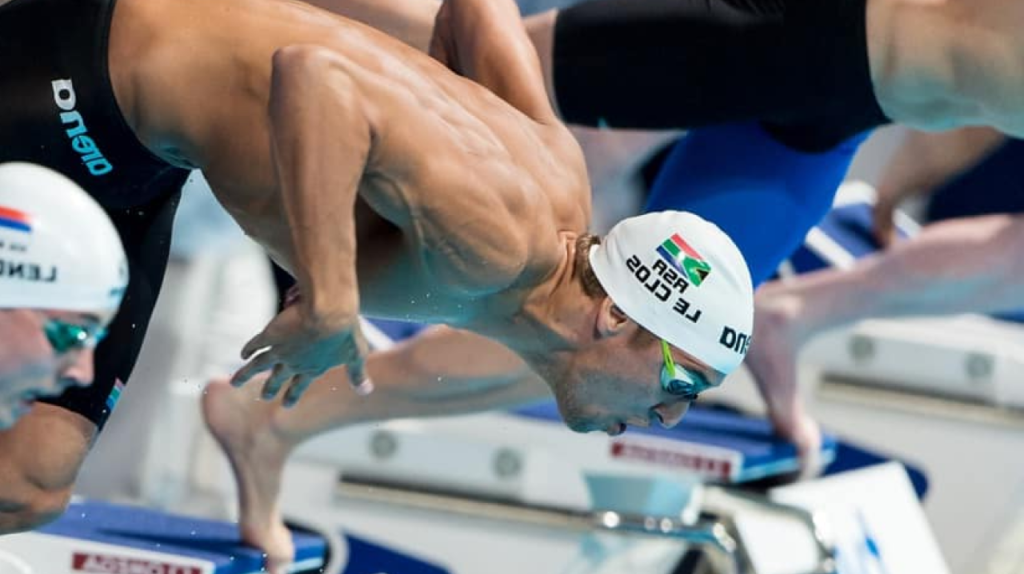
Be Brave and Let Your Muscles Relax
The biggest obstacle to learning to swim is the person himself. The most basic thing for adults who will just start swimming is to overcome their fears. Encouraging children helps them learn to swim in a shorter time. The basic rule of swimming is to stay in balance. Due to the anatomy of the body, it is possible to stand on the water on your own without moving at all. Muscle contraction and lack of oxygen make it impossible to stay in balance on the water. Learning to control the muscles in the water patiently and calmly is among the top swimming tips.
After learning to stand in water without sinking, work on horizontal standing. Learning to stand horizontally with your face in the water is one of the most important steps before starting to swim. After learning to balance in the water and to stand horizontally, the movement phase should be started. In the water, the arms and legs are used simultaneously to swim. Learning the use of feet in swimming before going to the stroke stage provides great convenience in the following processes. After learning how to use the arms after the feet, the basic learning processes are completed and swimming is now performed.
Get Help From Warmups
Sea or pool water causes the muscles to swell. swelling of the muscles; prevents the learning to swim processes such as cramps and fatigue. In addition, sudden cramps can cause you to panic in the water. To avoid such problems, warming up should be done before entering the pool or the sea. After 5-10 minutes of warm-up exercises, you can start the trials slowly by entering the water. You should not neglect the warm-up activities and avoid sudden movements in the water until you gain the experience to handle the negativities that may occur while in the water by yourself.
Plenty of Training Speeds Up the Process
The best teacher for people who are just learning to swim is to practice a lot. Swimming develops children and adults physically and mentally. At first, you can perform the basic learning process through a teacher. Later, you can speed up the process with plenty of training. Plenty of training provides both the improvement of swimming technique and the strengthening of the muscles. In this way, you can have a perfect swimming style in a short period.
One of the stages that should not be skipped by those who are new to swimming is learning breath control. Breath control ensures that all body functions, especially adrenaline and blood pressure, are kept under control in swimming, as in all sports. For this, people who are just starting to learn should not neglect breathing exercises. When breathing properly while swimming, the body gets less tired and the learning process is continued for a long time.
Rely On The Buoyancy of Water
Water is always on your side, especially relying on pool water with the right criteria. Do not strain yourself, try to be as comfortable as possible. Swimming is a daring sport in the first place, so forget about unnecessary, discouraging possibilities such as drowning or submersion.
Encourage Your Child Learning to Swim
If your baby is going to learn to swim, the first lesson will be to introduce him to the water. If the child has been in contact with water before or if he is already swimming without training, this will facilitate this situation, but on the contrary, since water can be a foreign concept for babies and children, they should first contact the water slowly and love the water.
These activities, which take place at the edge of the water at first, should continue by heading towards the water in the future. Staying at the water’s edge all the time weakens the baby’s courage and prolongs the process. Always encourage your child, the child who loves water and is not afraid of water will learn to swim in a very short time and fall in love with water.
Consider how few-month-old babies are thrown into the water and manage to move and stay afloat in a matter of seconds. Learning that water is nothing to be afraid of increases courage and success.
Do I Need any Gear or Equipment to Start Swimming?
The two main gears needed to start swimming are caps and goggles. Once you have these two main gears, you can start swimming.
Wearing goggles while swimming prevents the water from bothering your eyes and allows you to see well underwater. Swimming without glasses, especially in chlorinated pools, causes your eyes to become allergic and itchy. That’s why it’s important to wear glasses.
Just like goggles, the cap is an important piece of equipment to protect your hair from chlorinated water.

